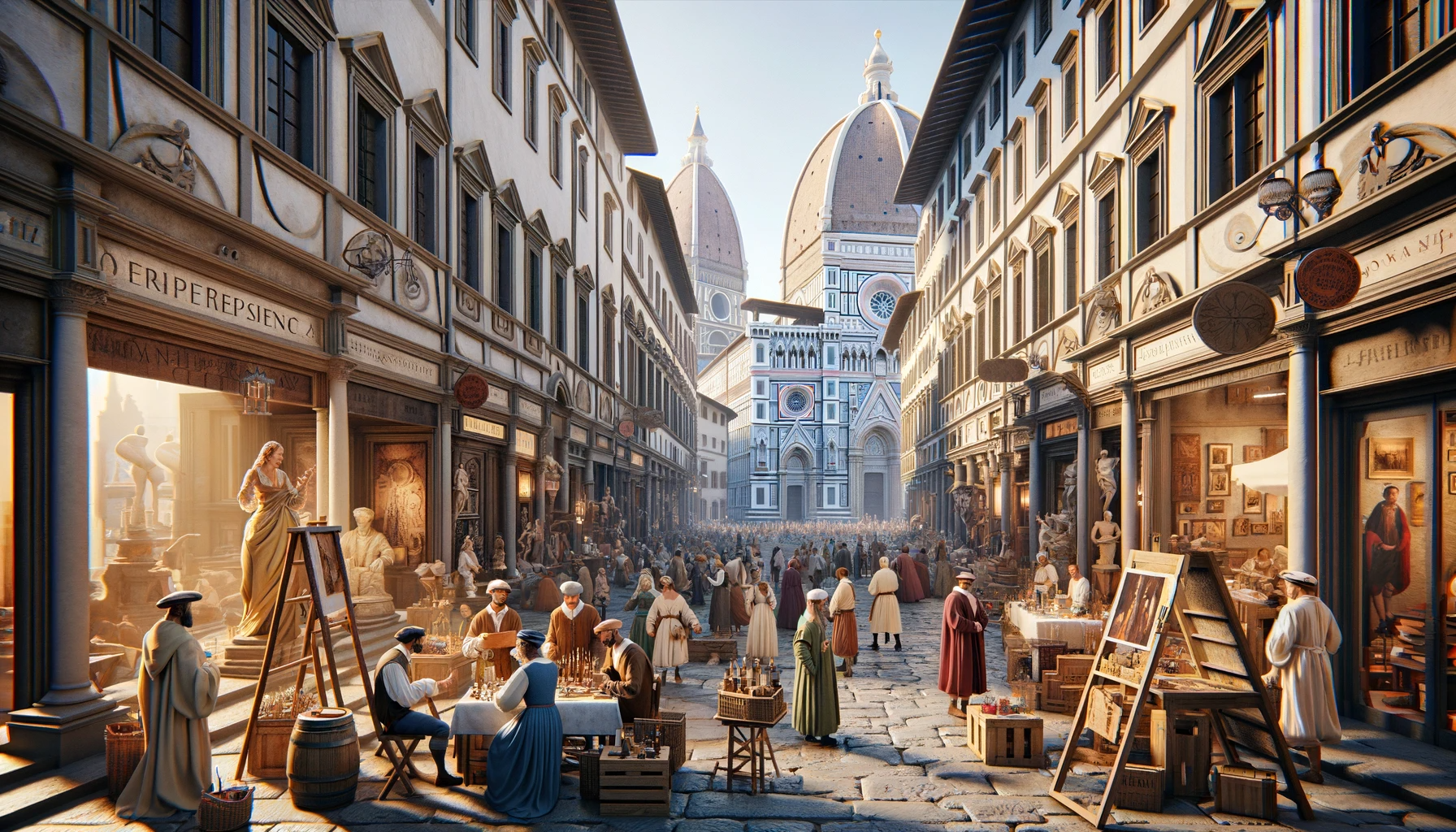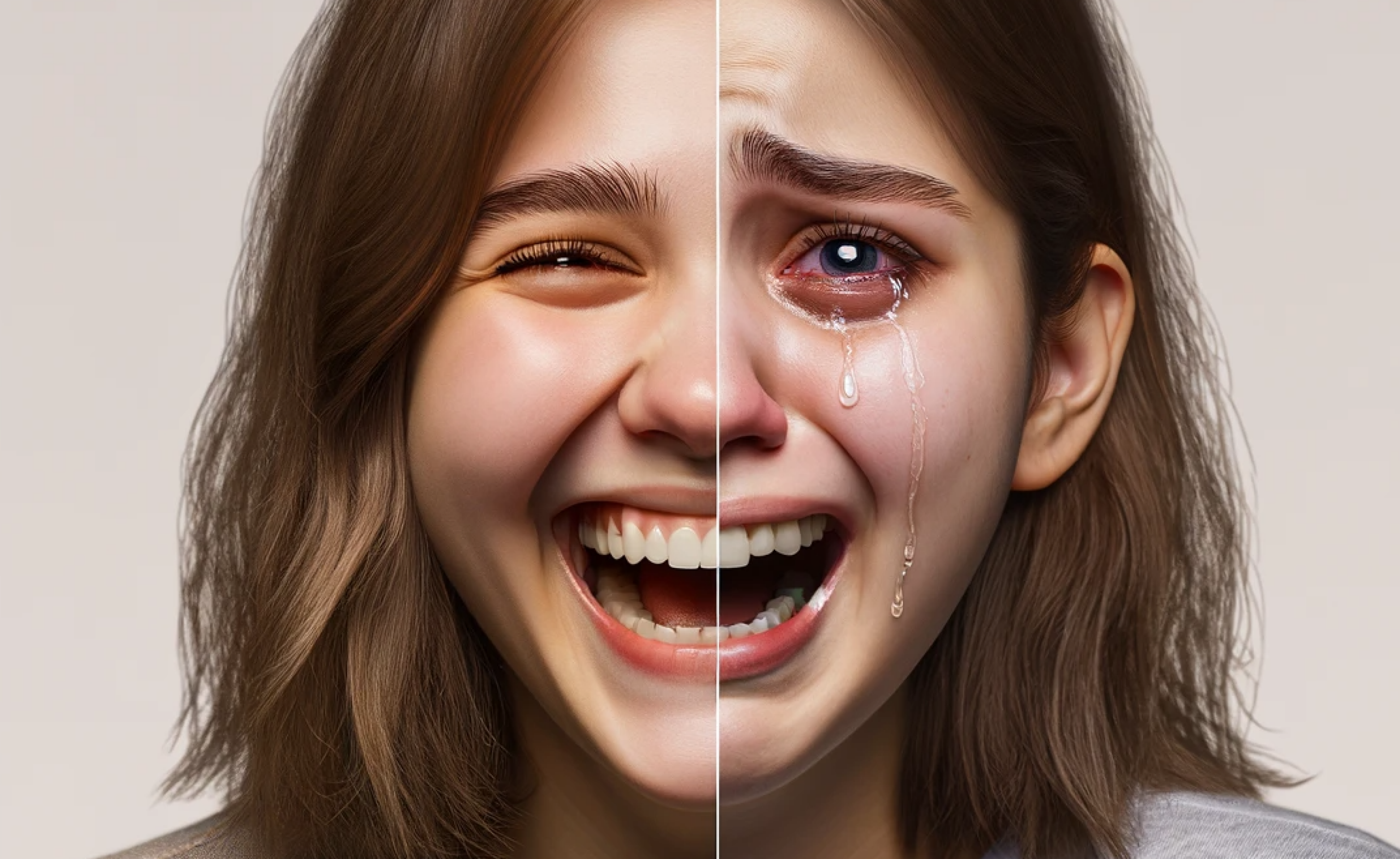Dreams have always fascinated artists, serving as a profound source of inspiration. These mysterious visions blend the conscious with the unconscious, creating a rich tapestry of symbolism in art. From ancient times to the present, artists have depicted dreams to explore human emotions, thoughts, and the symbolic language that connects us all. Let’s journey through how art has captured dreams and their meanings over the centuries.
Ancient Beginnings: Divine Messages
In ancient civilizations, people saw dreams as divine messages. Art from Egypt and Mesopotamia often shows dreams guiding kings and pharaohs. This belief in dreams as a divine bridge laid the groundwork for their symbolic representation in art for millennia.
Renaissance: Soul’s Reflections
The Renaissance brought a shift. Artists like Hieronymus Bosch and Michelangelo saw dreams as windows into the soul. Bosch’s “The Garden of Earthly Delights” uses dream imagery to discuss human desires and sins, showing a growing interest in dreams’ psychological aspects.
Romantic Era: Emotion and the Irrational
During Romanticism, artists dove deeper into the dream world. They focused on emotion, the sublime, and the surreal. Henry Fuseli’s “The Nightmare” highlights this era’s fascination with dreams as realms of terror and desire, emphasizing the subconscious.
Surrealism: The Unconscious Mind
Surrealism is synonymous with dream exploration. Influenced by Freud’s theories, Surrealists like Salvador Dalí aimed to unlock the subconscious. Dalí’s “The Persistence of Memory” presents a dream-like world that challenges our grasp of reality and the mind’s constructs.
Contemporary Visions: The Personal Meets the Universal
Today, dreams remain a central theme in art, explored through various mediums. Contemporary artists blend personal stories with universal symbols to comment on society, identity, and the collective unconscious. This approach underscores the ongoing quest to understand ourselves and our surroundings.
Conclusion: Dreams’ Enduring Allure
The evolution of dream symbolism in art reflects humanity’s desire to decode the unseen forces that influence us. From ancient visions to surreal landscapes, the dream’s symbolism offers a glimpse into human experience, emotion, and thought. As art continues to explore dreams, it invites us to peer beyond the visible, into the depths of the human spirit. Dreams, with their mysterious and fleeting nature, continue to inspire, urging us to explore the unknown corners of our minds and the world around us.








